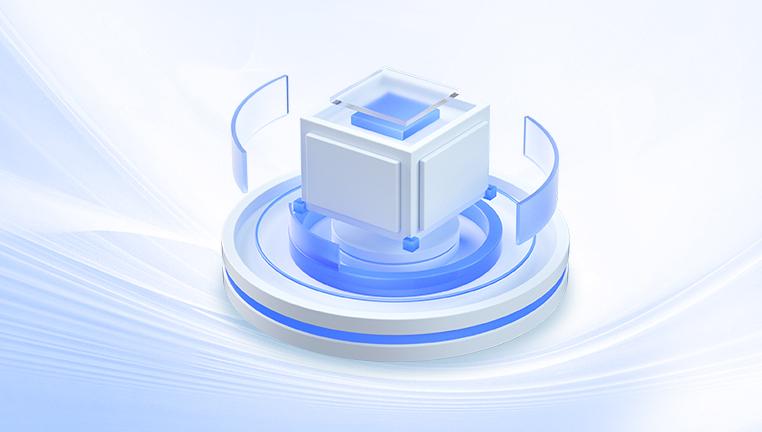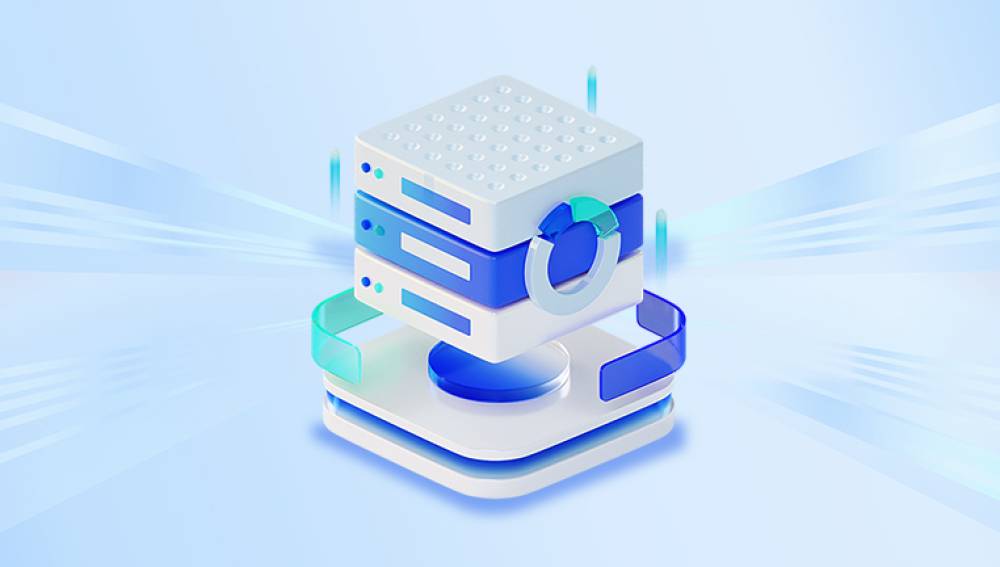Hard Disk Drives (HDDs) are widely used for data storage in computers, servers, and various digital devices. However, there are situations where an HDD may get formatted, either accidentally or due to system requirements. Formatting an HDD erases the file system information, making the data appear lost. But in many cases, the actual data remains on the disk until it is overwritten.
What Happens During Formatting
When an HDD is formatted, the operating system performs several operations. It erases the partition table, which contains information about how the disk is divided into partitions. It also clears the file allocation table (FAT) in FAT - based file systems or the master file table (MFT) in NTFS - based file systems. These tables are crucial for the operating system to locate and access files on the disk. While formatting erases the pointers to the files, the data itself is not immediately removed from the physical disk platters.

Quick Format vs. Full Format
Quick Format: This is a relatively fast operation. It only erases the file system metadata, such as the FAT or MFT. The data on the disk is left intact, and this makes it easier to recover data from a quick - formatted HDD.
Full Format: A full format not only erases the file system metadata but also writes zeros (or sometimes other patterns) to the entire disk or selected partitions. This overwrites the data, making recovery more difficult. However, in some cases where the full format has not completed fully or if the drive has bad sectors that were skipped during the format, data recovery may still be possible.
Pre - recovery Precautions
Stop Using the HDD Immediately
Once you realize that the HDD has been formatted and you want to recover data, the first and most important step is to stop using the drive. Any new data written to the disk increases the chances of overwriting the data you want to recover. If the HDD is installed in a computer, avoid installing new programs, saving new files, or performing any disk - write operations.
Ensure Physical Drive Integrity
Check the physical condition of the HDD. If the drive is making unusual noises, such as clicking, grinding, or buzzing, it could indicate a mechanical problem. In such cases, it is advisable to seek professional data recovery services. Continuing to attempt recovery with a physically damaged drive can cause further damage and make data recovery impossible.
Data Recovery Tools
Commercial Data Recovery Software
Drecov Data Recovery
Accidentally formatting your hard drive can feel like a disaster but with Drecov Data Recovery, it's far from the end. Drecov Data Recovery is a powerful and user-friendly software designed to retrieve lost files from various storage devices, including formatted hard disk drives (HDDs). Whether you’ve performed a quick format or a full one, the software can deeply scan the drive to locate recoverable files, even if the original file structure appears to be lost.
The process begins with installing Drecov Data Recovery on a separate drive to avoid overwriting the formatted HDD. Once launched, users can select the formatted drive and initiate a scan. Panda offers two scanning modes Quick Scan for recently deleted data and Deep Scan for more complex recovery cases. The Deep Scan digs through the hard drive’s sectors to recover documents, images, videos, system files, and more.
One of the software’s standout features is its file preview function. Before final recovery, users can preview files to ensure they’re intact, helping them recover only the data they need. The software also supports recovery from NTFS, FAT32. exFAT, and other common file systems, making it highly versatile.
Open - Source Data Recovery Tools
TestDisk: TestDisk is an open - source data recovery utility. It is mainly used for partition recovery and file system repair. It can help in rebuilding the partition table, which is often erased during formatting. TestDisk has a command - line interface, which may seem intimidating to some users, but it is highly effective in recovering lost partitions and the data associated with them.
PhotoRec: PhotoRec is another open - source tool often used in conjunction with TestDisk. While TestDisk focuses on partition recovery, PhotoRec is designed to recover files directly from the disk. It can recover a wide variety of file types, including photos, documents, videos, and more, without relying on the file system metadata.
Step - by - Step Data Recovery Process
Step 1: Connect the HDD
If the HDD is an external drive, simply connect it to a working computer using the appropriate cable (USB, eSATA, etc.). For an internal drive, you may need to install it in an external enclosure or connect it to a spare SATA port on the motherboard of the recovery computer. Make sure the computer recognizes the drive.
Step 2: Select a Data Recovery Tool
Based on your preferences and the nature of the data you want to recover, choose a data recovery tool. If you are new to data recovery, a commercial tool with a user - friendly interface like Recuva or EaseUS Data Recovery Wizard may be a good starting point. If you are more technically inclined and prefer open - source solutions, TestDisk and PhotoRec can be very effective.
Step 3: Configure the Recovery Tool
For Commercial Tools:
In Recuva, launch the program and select the formatted HDD from the list of available drives. You can choose to perform a deep scan if you suspect that the data may be more deeply hidden. You can also filter the file types to recover only specific types of files, such as documents, photos, or videos, to speed up the scanning process.
EaseUS Data Recovery Wizard allows you to select the partition or the entire disk for recovery. You can customize the scan settings, including the file types to search for and the scan depth. After configuring, click on the "Scan" button to start the process.
For Open - Source Tools:
In TestDisk, start the program. You will be presented with a menu where you can select the drive to work on. TestDisk will then analyze the disk to find the partition table. If it detects a lost or damaged partition table, it will offer options to rebuild it.
After using TestDisk to recover the partition table (if necessary), you can use PhotoRec. PhotoRec will scan the disk for files. You can configure it to search for specific file types or perform a comprehensive scan for all file types.
Step 4: Perform the Scan
Once the tool is configured, start the scanning process. This can take a significant amount of time, especially for large HDDs or when performing a deep scan. The scanning process involves the tool searching through the disk sectors to find remnants of files. As the scan progresses, the tool will display the files it has found.
Step 5: Preview and Select Files to Recover
Commercial Tools: Most commercial data recovery tools, like Recuva and EaseUS Data Recovery Wizard, have a preview feature. This allows you to view the contents of the files (for supported file types) before recovering them. For example, you can preview images, text documents, and videos. Select the files you want to recover by checking the boxes next to them.
Open - Source Tools: PhotoRec does not have a built - in preview feature for all file types. However, for some file types like text files, it may display a partial preview. You can select the files to recover by specifying the output directory where you want the recovered files to be saved.
Step 6: Recover the Data
After selecting the files, initiate the recovery process. The data recovery tool will copy the selected files from the formatted HDD to a safe location on another drive. It is crucial to save the recovered data to a different drive than the one being recovered from to avoid overwriting.
Advanced Recovery Techniques
Using Disk Imaging
Disk imaging involves creating an exact copy of the entire HDD, including all its sectors. Tools like dd (available in Linux) or Win32DiskImager (for Windows) can be used to create a disk image. Once the image is created, you can perform data recovery operations on the image instead of the original drive. This is useful as it protects the original drive from any further potential damage during the recovery process. You can also make multiple attempts at recovery on the image without affecting the original data.
RAID Data Recovery
If the formatted HDD is part of a RAID array, data recovery becomes more complex. The RAID configuration (RAID 0. RAID 1. RAID 5. etc.) determines how data is distributed across the drives. Specialized RAID data recovery tools are available, such as R - Stellar RAID Recovery. These tools can analyze the RAID array structure, reconstruct the data, and recover files from the formatted drives within the array. In some cases, if the RAID controller has failed, the data recovery process may also involve replacing the controller and then attempting to recover the data.
Factors Affecting Data Recovery Success
File System Type
FAT vs. NTFS: FAT - based file systems are relatively simpler, and data recovery from a formatted FAT - partitioned HDD may be easier in some cases. NTFS, on the other hand, is more complex and has better security features. However, advanced data recovery tools are capable of recovering data from both file systems.
ExFAT: ExFAT is designed for flash drives and external storage devices. Recovering data from a formatted ExFAT - formatted HDD is similar to other file systems, but the recovery tools need to be compatible with the ExFAT file system structure.
Time Since Formatting
The longer the time since the HDD was formatted, the higher the probability that the data has been overwritten. If the drive has been in use since formatting, new data may have been written to the sectors that previously held the files you want to recover. In such cases, the chances of a complete data recovery are reduced.
Disk Usage Patterns
If the HDD was almost full before formatting and then used intensively after formatting, the likelihood of data recovery is lower. High disk usage means that there is a greater chance of new data overwriting the old, potentially recoverable data.




